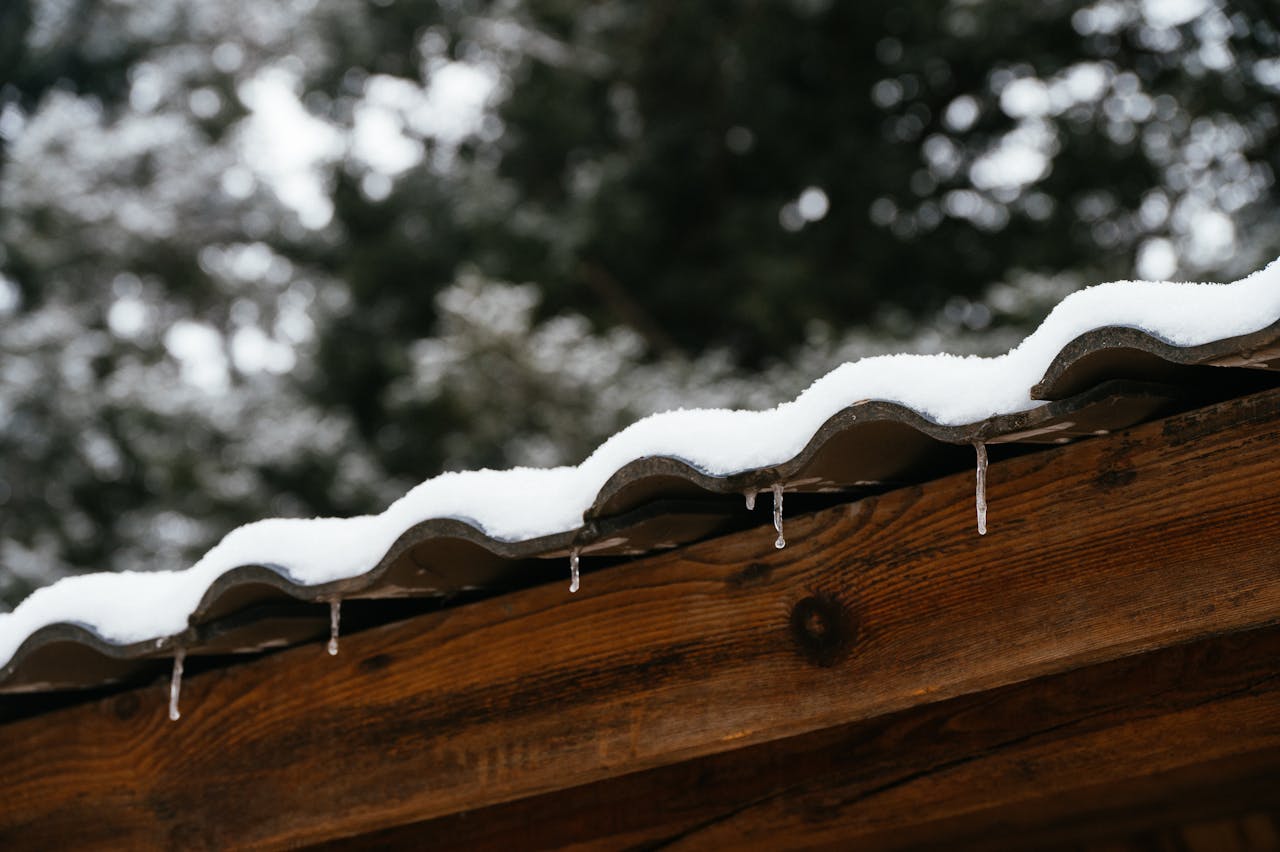
Flash Floods on the Gulf Coast: How to Prepare for Unexpected Heavy Rain
The Gulf Coast is known for its beautiful beaches and warm weather, but it is also prone to sudden and heavy rainstorms that can lead to flash floods. Flash floods happen when heavy rain quickly overwhelms drainage systems, causing water to spill over onto streets, homes, and other areas. On the Gulf Coast, it is common for storms to bring 6 to 10 inches of rain in just a short amount of time. This amount of rain can easily exceed the capacity of drainage systems like retention ponds, roadways, and culverts, resulting in flash flooding.
What Are Flash Floods and Why Do They Happen?
Flash floods occur when a large amount of rain falls within a short period of time. Typically, they happen within six hours of a heavy rainstorm, often in areas that have poor drainage or where the ground is already saturated from previous rainfall. On the Gulf Coast, storms can drop 6 to 10 inches of rain very quickly, which can overwhelm the infrastructure designed to handle the water.

How Drainage Systems Fail During Flash Floods
Retention ponds are designed to temporarily hold rainwater and allow it to slowly seep into the ground or evaporate. However, during intense storms, these ponds can fill up faster than they can drain, leading to water spilling onto roads and properties. Similarly, culverts and drainage ditches are built to channel rainwater away from streets and homes. When they become blocked or cannot handle the volume of water, the excess water overflows, causing flooding.
How Flash Floods Affect Communities on the Gulf Coast
Flash floods can have a big impact on local communities. Heavy rainfall can quickly flood streets, making it difficult to travel or go about daily activities. Roads can become impassable, and cars may get stuck in rising waters. Floodwater can also damage homes, especially in low-lying areas. It can enter basements and ground floors, ruining furniture, electrical appliances, and important documents.
The Impact on Transportation
When flash floods occur, they can cause serious disruptions to transportation. Streets may become submerged, causing traffic accidents, delays, and road closures. This can also prevent emergency vehicles from reaching those who need help, which can be dangerous during a storm.
The Risk to Property
Flash floods can damage properties in several ways. If water enters homes, it can destroy walls, flooring, and furniture. Additionally, standing water can create a breeding ground for mold, leading to long-term damage that may require costly repairs. Many people may not be aware of how quickly water can rise, so it is important to understand how to protect your home before a flash flood occurs.
How to Prepare for Flash Floods
Heavy rainfall can quickly overwhelm drainage systems, leading to dangerous flash floods. It is important to understand the risks and take steps to stay safe and protect your property when such events occur.
Stay Informed About the Weather
The best way to prepare for a flash flood is to stay informed. You can get flood alerts from your local weather service, the National Weather Service, or emergency management agencies. These sources will provide up-to-date information about storm warnings and possible flooding in your area. By keeping track of the weather forecast, you will know when heavy rain is expected and can take steps to prepare in advance.
Know Your Risk for Flooding
It is important to know if you live in a flood-prone area. Many Gulf Coast cities are in flood zones, meaning they are more likely to experience flooding during heavy rain. To determine if you are at risk, you can check the FEMA Flood Map Service Center to see if your area is in a flood zone. If you are not sure, you can reach out to your local government or emergency management office for guidance.
Create an Emergency Kit
An emergency kit is a set of supplies that you can use in case of a flood or other natural disaster. Here are some items you should include in your kit:
- Water (one gallon per person, per day for at least three days)
- Non-perishable food (such as canned goods, energy bars, and snacks)
- Flashlight and extra batteries
- First aid kit
- Essential medications
- Copies of important documents (like IDs, insurance, and medical records)
Having an emergency kit will ensure you have what you need if you need to evacuate or shelter in place.
Make a Flood Evacuation Plan
In case of a flash flood, it is important to know how to leave your home safely. Plan ahead and decide where you will go if you need to evacuate. Have multiple routes in mind in case some roads are flooded or closed. Make sure everyone in your family knows the plan, including pets, and practice it so that you are ready if a flood happens.
Protect Your Property
There are several ways to protect your property before a flood. For example:
- Clean out gutters and drains to prevent them from becoming blocked.
- Elevate important items like electrical appliances, furniture, and documents above the expected flood levels.
- Install sump pumps to help remove water from your basement or lower floors.
- Use sandbags or flood barriers to help keep water away from your home.
Taking these steps can help reduce the damage caused by flash floods.
What to Do During a Flash Flood
If you find yourself in a flash flood situation, the first thing to do is to stay safe. Here are some important actions to take during a flash flood:
- Move to higher ground: If you are in an area prone to flooding, move to a higher level in your home or building. If you are outdoors, get to higher ground immediately.
- Avoid driving through flooded roads: Never drive through flooded streets, as it is difficult to tell how deep the water is. Just six inches of water can make it hard to control a vehicle, and one foot of water can sweep away a car.
- Stay indoors: If you are at home, stay inside and away from windows. If you are in a safe place, wait for the floodwaters to subside before leaving.
How Communities Are Tackling the Problem
Many Gulf Coast cities are working to improve their drainage systems to reduce the impact of flash floods. This includes building larger drainage pipes, improving culverts, and installing rain gardens that help absorb water. Communities are also focusing on better urban planning, including raising homes in flood-prone areas to avoid water damage. Some cities, like New Orleans, have added green spaces to absorb stormwater and reduce flooding.
Start Your Quote Today
Our licensed specialist will search for the best insurance quotes and will email you when ready.



